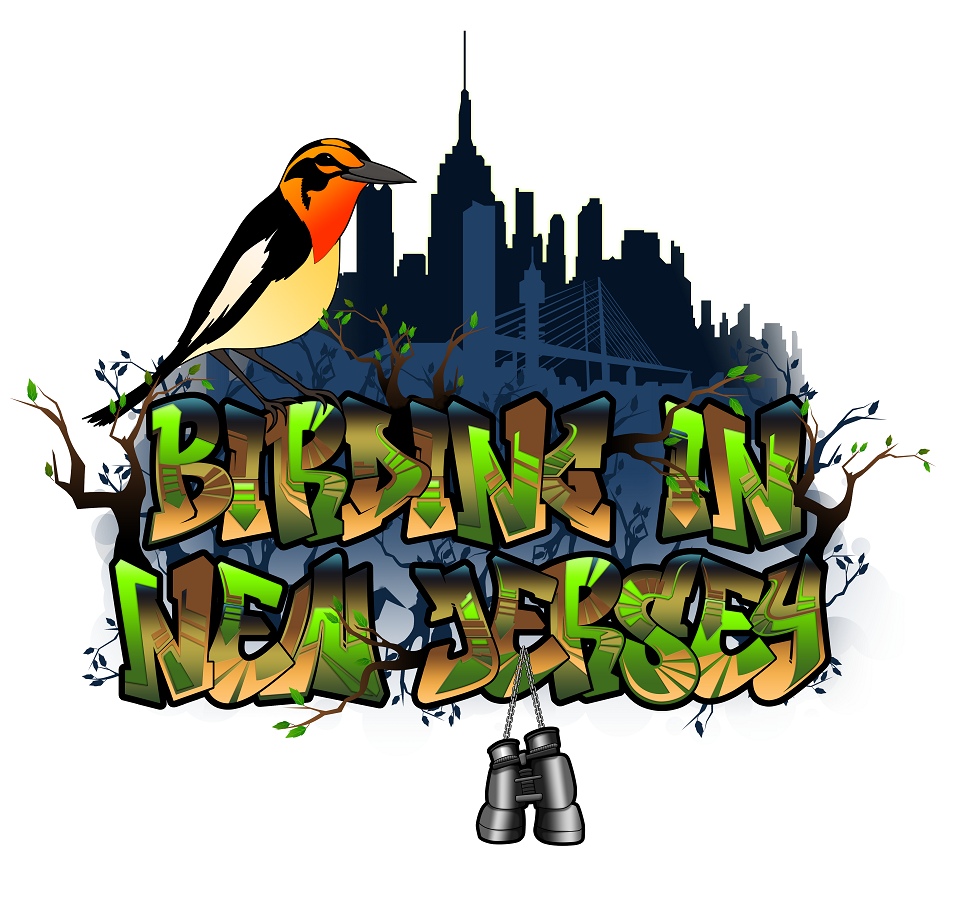
When I personally dove into Warbler identification (the species that helped bring me to birding in the first place! Could those colorful birds really be in my backyard in Central New Jersey?!) I pieced together multiple guides that had information on undertail covert colors and tail patterns, as well as song detail and plumage specification. I had to use multiple sources then for what this guide accomplishes itself. That, to be honest, is putting it mildly.
The first thing you come across is the standard (yet much more colorful and advanced overall) Parts of a Bird or “Topography” of a Bird. The “real” pictures of actual birds are well suited for this examination and new birders would be well to learn the lingo and terminology referenced within. The following sections start to “bake” out the basics of thoughts on identification with references to things like color, size, shape and behavior (Peterson has a similar, and I think valuable, introduction prior to the plates or bird pictures). Again, the use of real bird pictures provides wonderful examples to drive the ideas home. Specific references to the head, body, top of head, bill color, necklaces, side stripes and rump give the birder tons of identification points that other guides glaze over (or don’t go into as much detail) and this would again provide newer birders with key points of focus to add to their mental playbook.
I mentioned the undertail area earlier and once mastered (or for newer birders with photographs) the next section, combined with the Quick Finder shots of the undertail covert and tail patterns, surpass even the Peterson “Warblers” Guide in usefulness. (In my humble opinion of course) I often went to the pictures of the underside of different warblers all lined up together to differentiate a tough species that I wasn’t initially sure about. I’ll get into the usefulness of the Quick Finder in a bit.
A section on aging and sexing warblers is next and while I thought this expressed the concepts fine, it could have been even more beneficial had it included Fall pictures of Blackpoll and Bay-breasted to hammer the point home. (A nit-pick to be sure)

The next section I found fascinating. As the specialized aspects of birding evolve quickly with technology, so too should the guides evolve that we use to interact with birds. Understanding Warbler song structure and Sonograms has it own, significantly long, section with harmonic details and structure references. This part has been the section I have read myself a few times as I have dabbled in song recording and identification of tough to ID birds (A possible Pine Flycatcher in Texas for example). I am curious how useful the birding community finds this as our hobby makes its way into the technological future.
After the hefty info on bird vocalization we come to the Quick Finder I mentioned earlier. These 16 pages (including the two on Western and Easter Undertails) alone should be greatly appreciated for those working through their Warbler ID fine tuning skills. I really liked the tough Fall Warblers and views of some of the odd positions you often view Warblers in. (A case of Warbler neck can often lead to unsatisfactory views of the bottom of the birds which is considered here!) Another quick reference grouping of some warbler song classification (Buzz/Trill/Rising and Falling) leads us to the meat of the guide and the individual Warbler species.
The spread given to each species (as can be done in specialized guides) is outstanding and it would be hard to come away from a review wanting for detail. Many views and photos, comparison species (I really liked this) and highly detailed age and plumage information hit their mark. I could see this being a lot to process for newer birders but again, if you have sought out a specialized guide for Warblers, you are probably looking for that edge to sharpen on to your identification tool kit. The plates and bird details are about as solid as it gets and the enhanced images of bird positions (similar to, but less thought out than the Crossley guide-type strategy to show mass viewing angles) further adds to the function of picking these guys out from whatever vantage point you’re in.
I also appreciated the detail on some of the more rare vagrants that show up occasionally on our side of the US border as this is often overlooked. I would look to others on the accuracy of the Range information, but from my perspective it seems sufficient and I like the attempt to display when in a migration band the bird would show up. (early in Spring and then late in Fall for example) The book closes with information on hybrids, highly useful flight shots (maybe these could have been with the main birds in their section?), and even a quiz and review! I love that the entire purpose of the book to identify Warblers is tied up with a bow in the delivery of a quiz to assess your comprehension of the wonderful information you have been provided. Perfect.
I obviously recommend this guide about as highly as I could and I look forward to utilizing it in my future birding adventures! Check it out!
Check back soon for more birding book reviews!
